
Sanctuary Cities
Trump searches for way to punish Sanctuary Cities
I would love for the feds to find a way to cut funds to Philadelphia, my city, my home.

Dave Portnoy
Anti-Semitism is disgusting, but let’s not lose a sense of proportion.

Stephen A. Smith
He has been accused many times of pouring gasoline on racial fires.
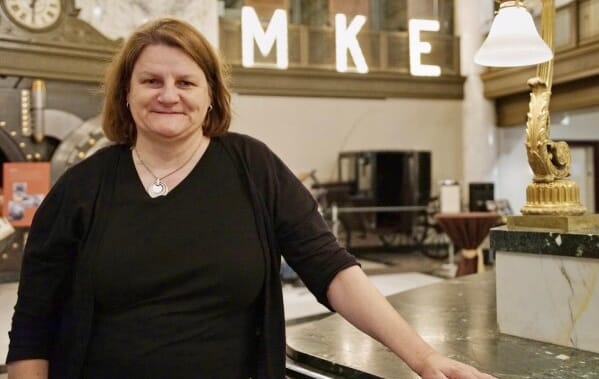
Sanctuary Cities
CNBC sees these moves as “a sharp escalation in the Trump administration's aggressive efforts to remove undocumented immigrants from the U.S.”
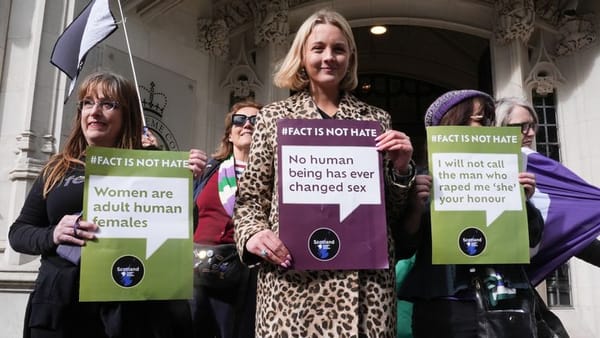
Trans women
It is not mean to call an ace, an ace; and a spade, a spade.
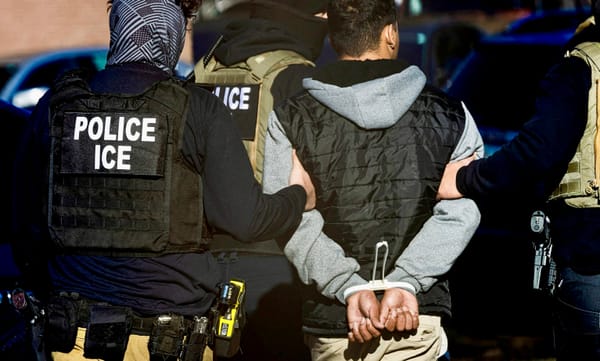
Immigration and Customs Enforcement
Two-thirds of Americans had approved of deportation. Now 53% disapprove of how Trump is handling it

Shawn Page
Page says he’s a good attorney, and maybe he is. Let his clients pay for his services. There’s no reason for the public to pay him a $220,000 salary with his dog-crap resume.
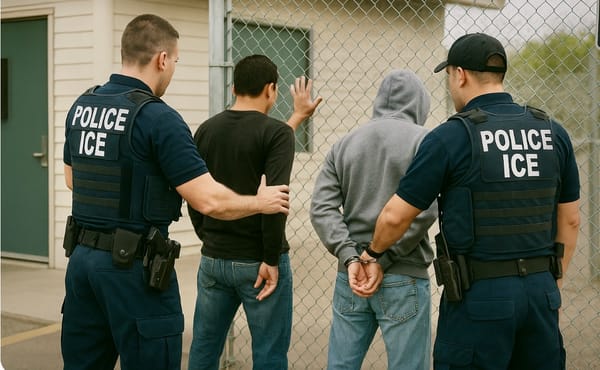
Sanctuary City
Like it or not, illegal immigration is against the law, no matter how some try to deny it
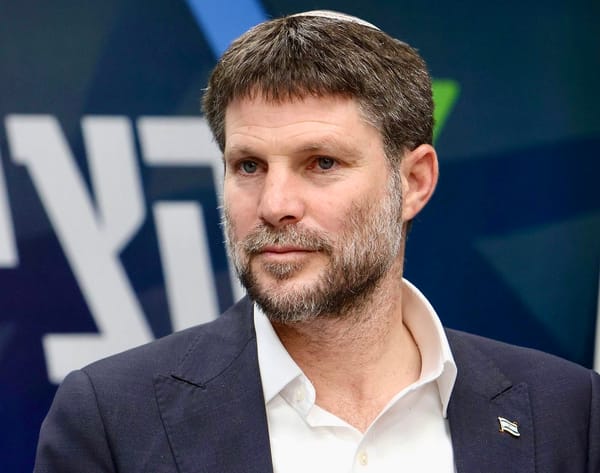
Israel
Journalist Michael Kinsley defined a gaffe as when a politician utters a truth he is not supposed to say. Right-wing Israeli finance minister Bezalel Smotrich made a gaffe the other day (assuming what he said was not intentional). What he said was that returning the hostages held by Hamas was

Book Review
Who were the villains and the loyal politicians?
Reality determines my political positions, not vice versa
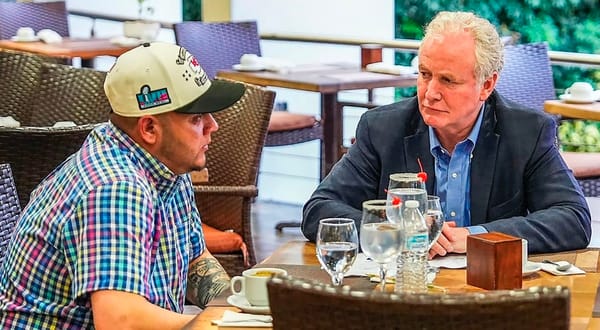
Sorry, this was a mistake, good intentions gone awry. I am not going to accuse Maryland Sen. Chris Van Hollen of grandstanding, nor question his motives, but the optics and feel of what he did is not going to help Democrats, who bear the responsibility for the invasion of illegals.

“Rule of law” will be an issue in 2026, and will hurt Republicans

The administration admits it made a mistake. What responsible adults do when they make a mistake is they move to fix it.
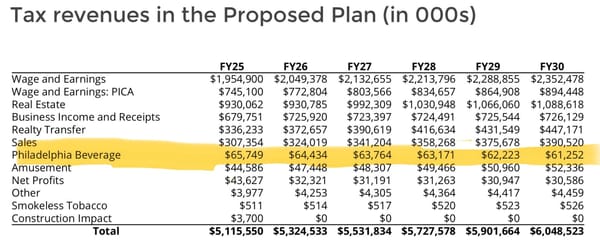
When the tax was enacted, it was projected to generate about $91 million a year. Can you say pipe dream?
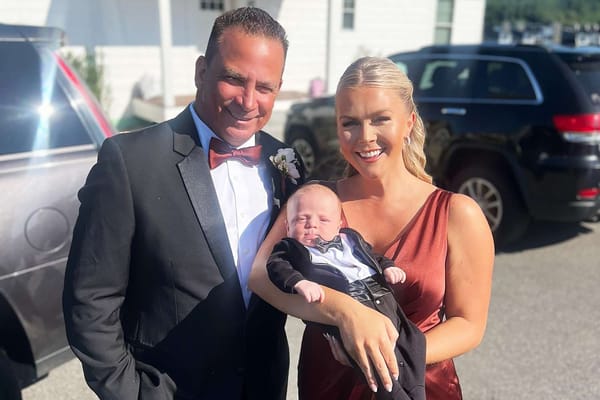
Who is this nonsense supposed to protect? Or harm?
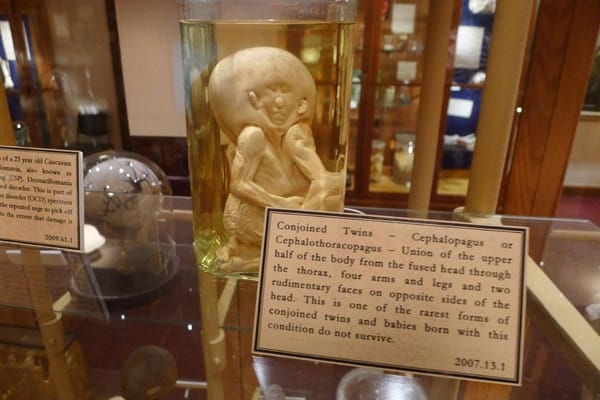
Two Woke women decided to switch the museum’s focus to health and well-being

I know some of you won’t agree with all, but if you agree with none, that’s TDS
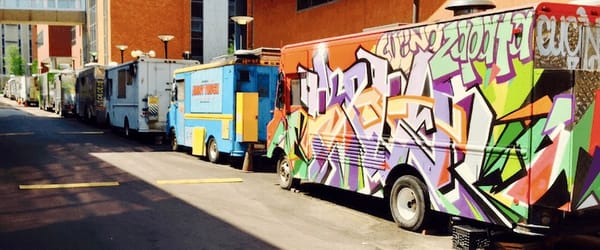
It’s hard to see why Drexel is so hard on these vendors.
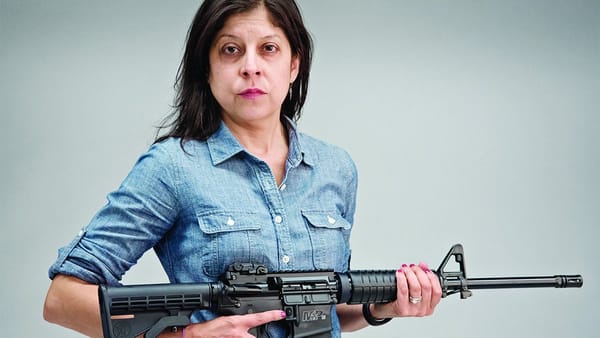
For some reason (the reason is Trump and Musk) journalists find the axing of government employees sinful.

If he’s looking for a third term, Putin is a good model
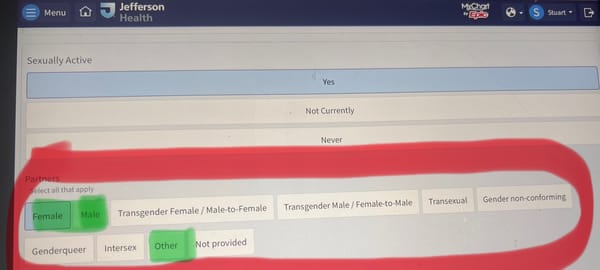
Why are these questions being asked?

They say figures don’t lie, but liars can figure.